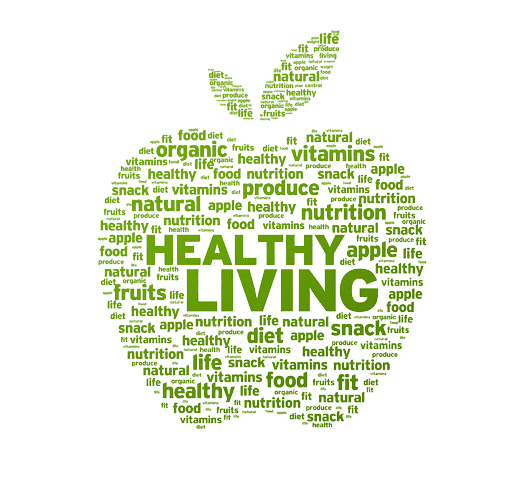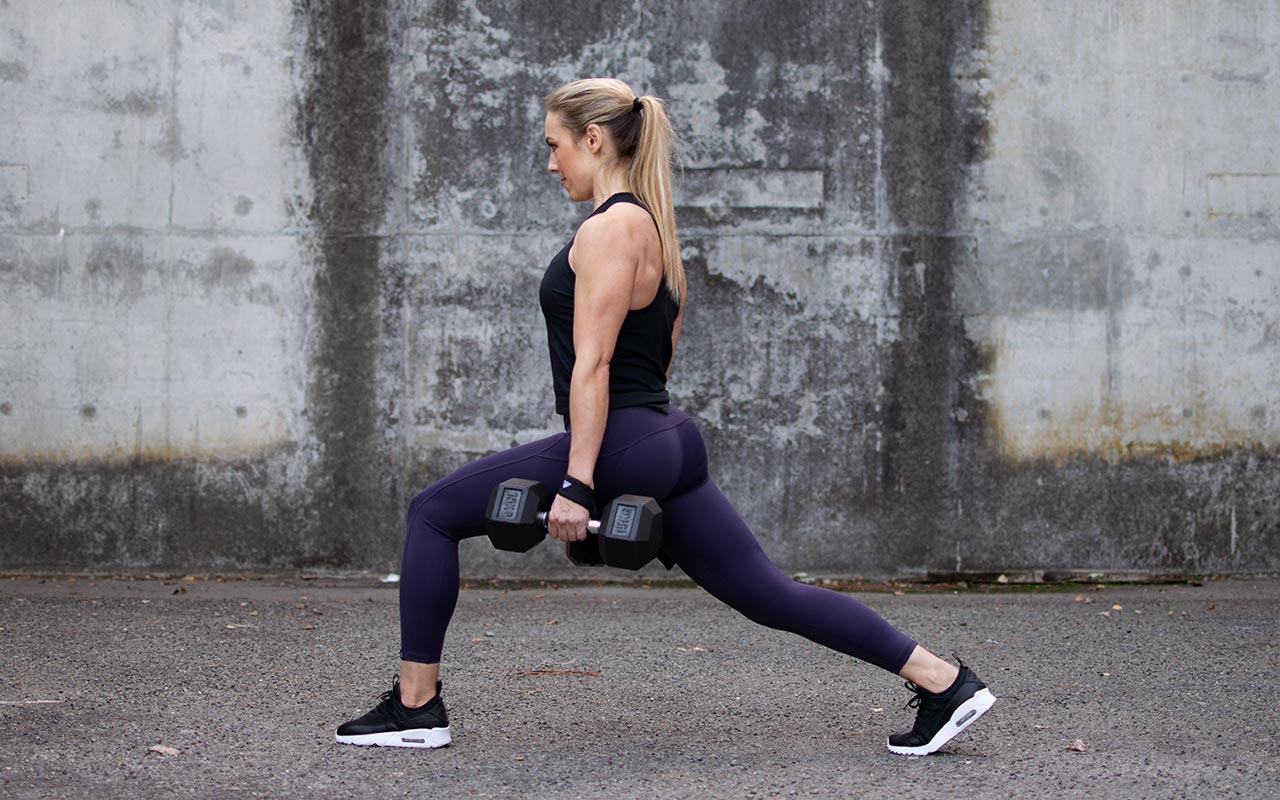Getting older can be a challenge, but there’s something special about being over 40. In your 40s, you may have noticed changes in your body such as wrinkles, cellulite, and sagging skin. Your energy levels, mood, and hormones may also feel like they’re all over the place. It’s normal to feel frustrated and believe that your best days are behind you when it comes to your body.
However, I have a secret to share that will give you hope and make you feel better. Anyone in their 40s have the potential for incredible transformations. In fact, this is a time in your life when you have more time and resources to invest in yourself. Unlike in your 20s or 30s when other responsibilities took precedence, your 40s are an opportunity to focus on your own well-being.
While we can’t reverse the aging process or eliminate wrinkles completely, there’s a lot we can do to improve other aspects of our bodies, including cellulite. It’s entirely possible to have a better body in your 40s than the average 20-something. This guide is here to help you transform not only your body but also the trajectory of your life. We’ll cover everything you need to know to get started, from training to nutrition.
Transforming your body over 40 may require some effort, but it’s not as difficult as it may seem. If you’ve been struggling, it’s likely because you’ve been doing the wrong things. The key is to find the right approach and make a commitment to yourself. Many people benefit from coaching and support to navigate this journey successfully. Consider investing in nutrition coaching and online training to help you achieve your goals.
Now, let’s delve into the specifics of how to train after 40. As we age, there are a few special considerations to keep in mind when designing your training program:
Posture should be a primary focus.
Many of us spend too much time sitting and develop poor posture. In your 40s, it’s essential to work on strengthening your upper back muscles to improve posture, reduce aches and pains, and maintain a youthful appearance. Taking the time to address posture now can prevent the hunched look that many experience in their 60s.
Cellulite becomes more challenging with age.
Fluctuating estrogen levels, declining collagen and elastin production, and poor blood vessel health contribute to the development of cellulite. A well-designed training program that targets problematic areas can improve the appearance of cellulite and slow its progression. Addressing cellulite requires both training and nutrition strategies.
Joint health should be a priority.
While trendy workout programs and free training apps may be tempting, they often fail to consider the needs of a 40-something body. It’s important to choose exercises that prioritize joint health and minimize the risk of injury. Plyometric movements, for example, may be less suitable as we age. Prioritize exercises that promote strength and stability while minimizing stress on the joints.
Weight training is especially beneficial for anyone over 40.
Many people have experienced significant transformations simply by incorporating weightlifting into their routines. Weight training specifically targets problem areas and helps tighten and tone the body. It also offers a more effective approach for combating cellulite compared to cardio alone. Weight training, along with low-impact cardio activities like walking or biking, is a winning combination for anyone in their 40s. Balancing your nutrition is equally important, so let’s explore how to set up your training program.
The frequency of your workouts will play a significant role in the results you achieve. While you can make progress with three workouts per week, aiming for five days per week will yield even better and faster results. Keep your workouts within the 30-45 minute range to maximize efficiency. If your training session lasts longer, it might be an indication that you’re not working hard enough.
To structure your training week effectively, consider implementing a split routine. This means dividing your workouts throughout the week, focusing on specific muscle groups on different days. Here’s an example of a typical weekly split:
Sunday: Glutes
Monday: Shoulders
Tuesday: Rest day
Wednesday: Back (with additional glute work)
Thursday: Shoulders (rear delt focus)
Friday: Legs Saturday: Arms
This split routine allows you to target different areas of your body and tailor your workouts accordingly. For instance, if you prefer to train four days a week, you can incorporate two upper body and two lower body days. If reducing cellulite is a priority and you have the time to train five days a week, three lower body and two upper body days may be more suitable. Remember, it’s essential to assess your progress regularly and adjust your program accordingly. Stay attuned to your body’s needs and make modifications as necessary.
Nutrition plays a vital role in your transformation journey. If you haven’t been seeing the desired results, it’s likely due to several common nutrition mistakes:
- Lack of awareness about calorie intake: Many people underestimate how many calories they consume daily.
- Ignoring macronutrients: Understanding the balance of protein, carbohydrates, and fats in your diet is crucial for achieving optimal results.
- Inconsistent tracking: Without consistent calorie tracking or following a predetermined calorie intake, it’s challenging to assess progress accurately.
- Struggling to find balance: Achieving a balance between eating well and enjoying your social life can be difficult.
To achieve the results you desire, you need to create a calorie deficit. This means consuming fewer calories than your body burns. Consistently tracking your calorie intake or following a calorie-controlled meal plan is key to success. By accurately monitoring your calorie intake, you can ensure you’re on the right track.
Finding a balance with nutrition is crucial, especially in your 40s when social events and meals outside of your usual routine are more common. While it’s important to enjoy life, maintaining a healthy and satisfying relationship with food is equally vital. If you’re struggling with finding that balance, seeking guidance from a professional can be incredibly beneficial.
The impact of nutrition on aging should not be underestimated. While we can’t completely halt the appearance of wrinkles, our dietary choices can significantly slow down the aging process. Many traditional fitness diets focus on strict restrictions and specific food choices that may not be optimal for women’s hormonal balance and longevity. To support healthy aging, it’s crucial to prioritize nutritious foods and incorporate superfoods into your diet. A well-rounded meal plan should consider longevity, hormone balance, and changing nutritional needs as you age.
Your 40s are a time to focus on self-care, creating a body you love, and finding balance in your life. Extreme diets and restrictions are not the answer. Instead, focus on nourishing your body with wholesome foods and establishing sustainable eating habits. If you’re looking for a meal plan that encompasses all these aspects, consider exploring options designed specifically for women over 40.
Remember, this is your time. You can achieve the best body of your life in your 40s. Many women have successfully gone through this transformative journey, and you can too. If you’re ready to put in the work and embrace the process, reach out for guidance and support. Let’s make your transformation a reality!





